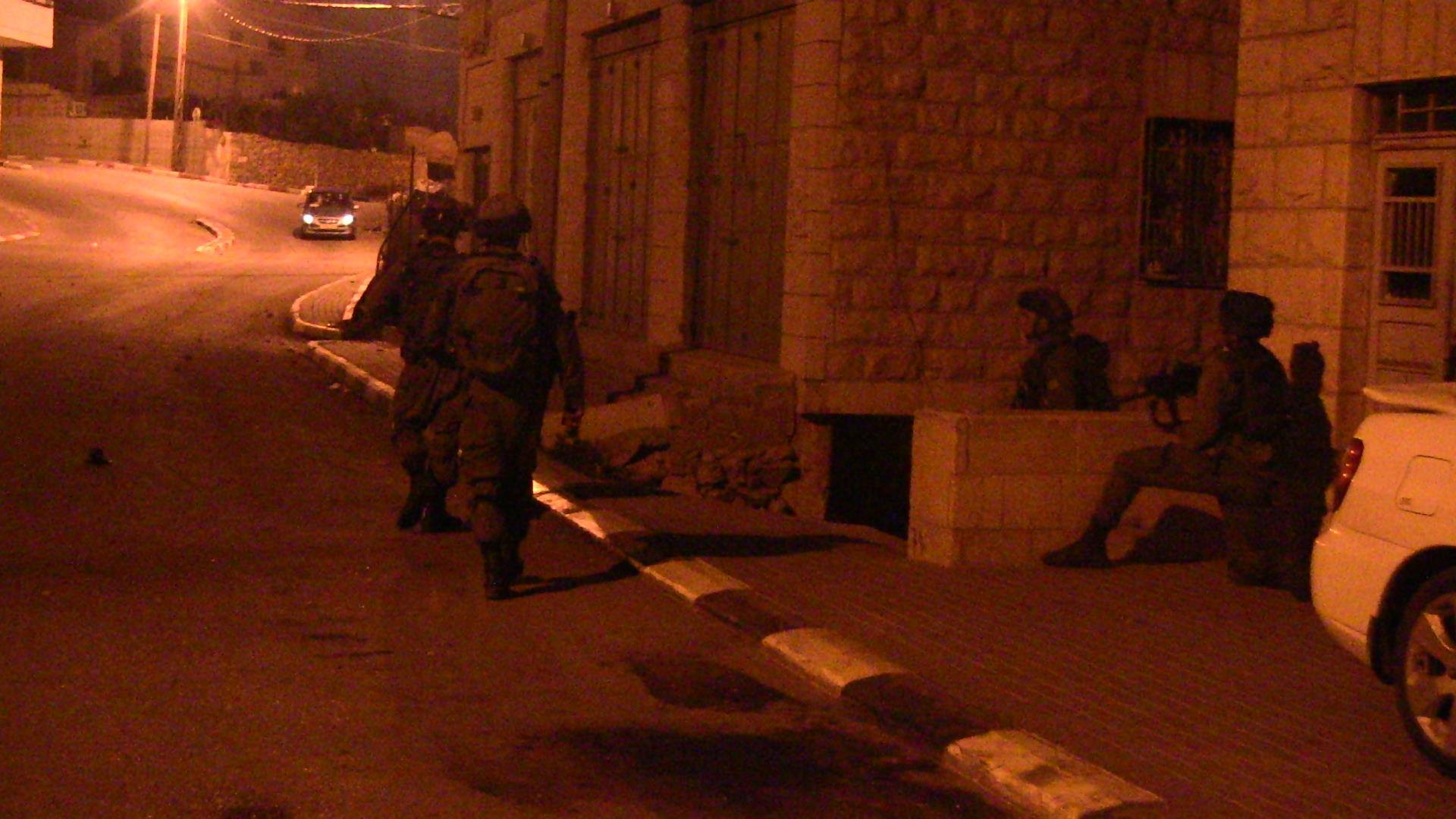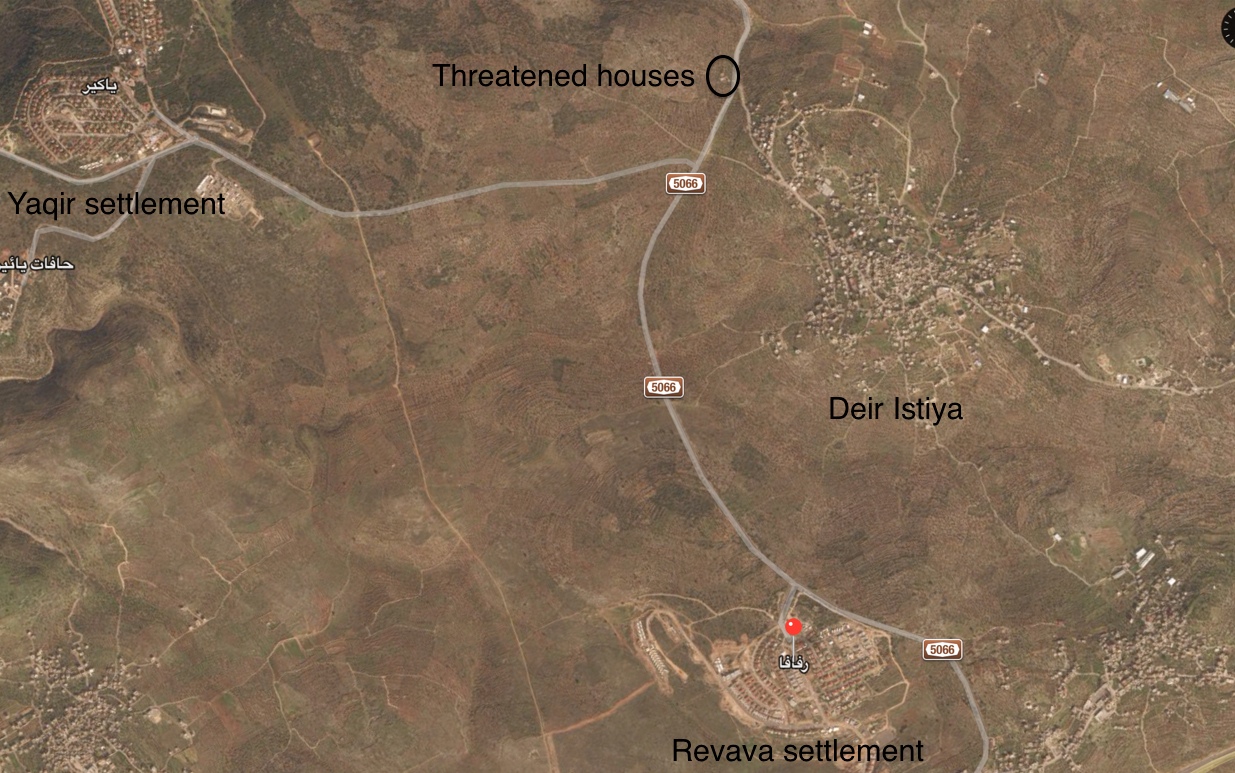Category: Features
-
“We were walking home and they shot at us”
2nd December 2015 | International Solidarity Movement, al-Khalil team | Hebron, occupied Palestine On the evening of the 1st of December 2015, five Palestinian boys were shot at by Israeli forces with live ammunition on their way home to Tel Rumeida. The five boys – between the ages of sixteen and seventeen years – were on…
-
Israeli forces invade homes and threaten families with nine children in Deir Istyia
November 30th, 2015 | International Solidarity Movement with IWPS, Huwwara team | Deir Istyia, occupied Palestine Deir Istyia, in Salfit district, is a village of 4000 inhabitants who mostly live on agriculture. The Salfit district has 19 villages and 24 settlements. Land confiscation is ongoing in the area and many of the settlements are…
-
Hamze Marwan Abdomousa is asking for your support!
30th November 2015 | International Solidarity Movement, Ramallah Team | Ramallah, occupied Palestine UPDATED: 28.12.2015 22 year old Hamze is still in prison after obtaining a 1 year sentence. The court also ruled he must pay a fine of 4.000 shekels (or USD $1.023) before the end of December, in order to be freed by…



